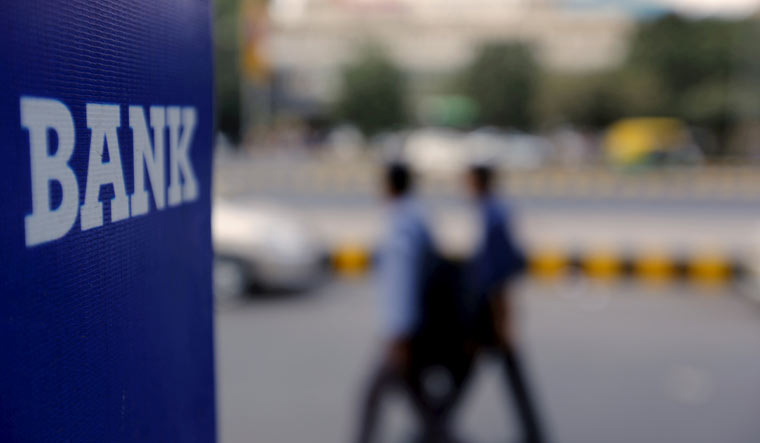After suffering a slump and a slowdown, NBFCs started showing signs of revival with the latest quarterly results of a few showing improved loan disbursement and overall business.
Now, post the RBI's Internal Working Group (IWG) recommendations allowing NBFCs that have been operational for 10 years and with an asset size over Rs 50,000 crore to be eligible for conversion into banks, the segment faces both upsides and downsides in the near future.
According to a recent report by Motilal Oswal on the sector, NBFCs (including those promoted by industrial houses) have created niche capabilities, increased credit penetration in the system, and have done a great job on the asset side. Regulations for large-sized NBFCs have increasingly been coming on par with those of banks. Banking licenses, it observes, may resolve the issues on the liability side for the NBFCs as they had to suffer multiple shocks from events such as demonetisation, the IL&FS crisis, and the COVID-19 pandemic. The Motilal report further observes that giving banking licenses for NBFCs would reduce the overall cost of funds for them, which may ultimately be passed on to the customer.
On the other hand, a recent report by HDFC Securities on the sector points out that NBFCs were already permitted to convert under extant licensing guidelines—but now it remains to be seen how the new guidelines differ in terms of compliance requirements or how they incentivise NBFCs to convert to banks. The report points out that the IWG has also recommended scale‐based regulation of NBFCs with a tighter bank-like regulatory framework for larger NBFCs, eliminating any regulatory arbitrage. One pro is that even though large and well-run NBFCs are sufficiently funded, conversion to banks is still expected to ensure sustainable growth for them.
Another report on the NBFC segment by Emkay Global Financial Services says that the final approval of these NBFCs into banks will be dependent on meeting the RBI’s due diligence criteria and will also be based on past experience of several years. Most NBFCs failed to clear this criteria. For instance, Indiabulls Housing failed to get RBI approval for acquiring Laxmi Vilas Bank and indirectly obtaining a banking license. As per Emkay experts, the RBI will continue to exercise extreme caution and conservatism in granting universal banking licenses to NBFCs and this will probe to be a very time-consuming affair.
Emkay experts says that clarity over the Cash Reserve Ratio (CRR) and Statutory Liquidity Ratio (SLR) requirement is also necessary, as the current recommendations do not specify anything over fulfilling SLR or CRR requirements for NBFCs—which will play an important role in decision making for most of these lenders. The report points out that the impact of SLR or CRR will have a severe negative impact on NBFCs margin profile as well as current cash flow patterns of all these lenders. The report states that the NBFC segment plays an important role in the government’s financial inclusion plans and the finance ministry has remained affirmative of NBFCs’ active contribution toward financial inclusion and their ability to reach last mile customers due to their flexible business operations and lower operating charges, which forms the basis of their lending structures.
It needs to be observed that banks typically have highly diversified asset profiles, while NBFCs are more concentrated and focused on particular products or customer base (like vehicles financiers or microfinance lenders). Even most large private banks now operate through captive NBFC subsidiaries to accelerate their presence.
The Emkay report observes that despite several NBFCs converting into small finance banks, many of them continue to struggle in building a deposit franchise at sustainable cost structures. Interestingly, the Emkay report highlights that at the global level, most developed and developing nations do have non-bank lending institutions with differentiated formats and regulatory frameworks. Even the US, for example, has had community-based lending houses which have stood throughout various financial cycles.
Recently many NBFCs are steadily improving after the shocks driven by higher than expected investment banking revenues and interest income. There was also an improvement for NBFCs in the vehicle financing space as collection efficiency showed improvement.
Overall, loan defaults have also reduced drastically. For some of the gold NBFCs, it was a return to healthy growth as many gold loans were being preferred. Many NBFCs are also aggressively targeting customers with new schemes and offers.







